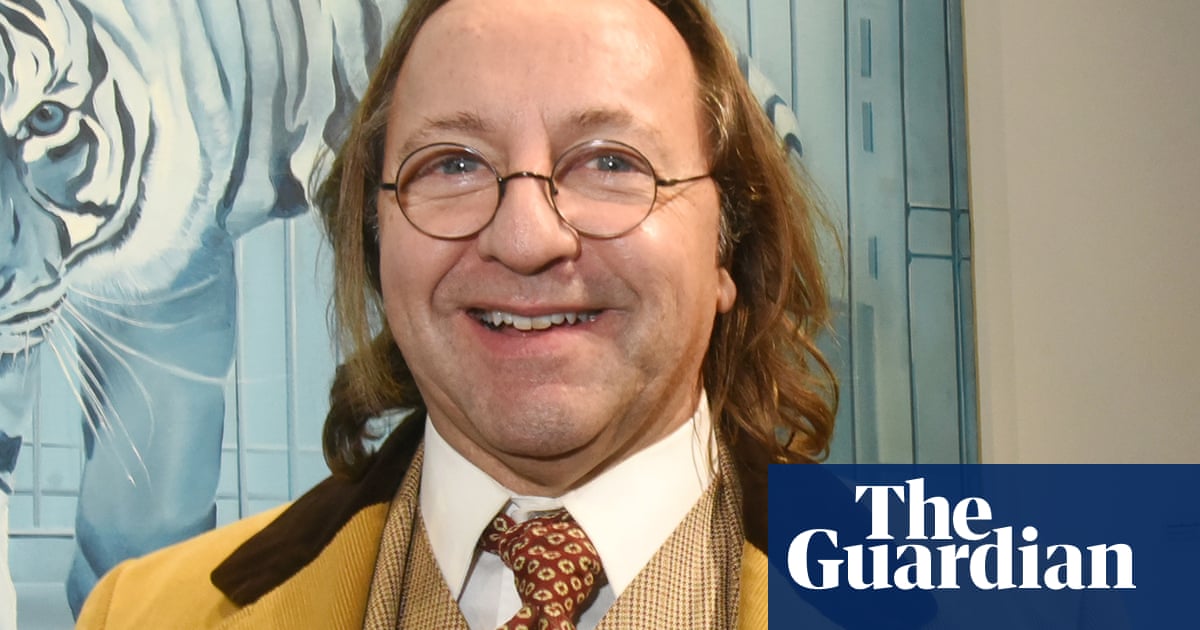A French furniture expert and a renowned restorer have been found guilty of conning the art world with a multimillion-euro scam in which they faked 18th-century chairs they claimed had adorned the rooms of historic figures including Marie Antoinette.
In one of the biggest forgery scandals to hit the French art world for decades, the two men duped not just wealthy collectors including a Qatari prince but also the Palace of Versailles.
The chateau, which before the French Revolution was home to Louis XVI and Marie Antoinette, spent more than €1.5m (£1.3m) acquiring six royal chairs that were fakes. The case was seen as extremely damaging to France’s reputation as a world centre for heritage and museum collections. After the police investigation began, in 2016 the ministry of culture ordered an audit of Versailles’s acquisitions policy.
Bill Pallot, 61, who was known as the world’s leading expert on 18th-century royal French furniture, wrote the definitive book about seats of that era and was nicknamed Père La Chaise. On Wednesday he was given a four-year suspended prison sentence and a €200,000 fine. He was also sentenced to four months in prison, which he had already served on remand after his arrest.
The judges ruled that between 2008 and 2015, Pallot was behind the scam in which he and one of France’s most acclaimed woodcarvers and restorers, Bruno Desnoues, produced what the court in Pontoise heard were “extraordinarily convincing” fake 18th-century chairs.
The court was told that the scheme began as a bet between Pallot and Desnoues to see who could be duped by fake seats. Pallot told the trial: “We said we’d do it as a game, to see if the art market noticed or not.”
The men used old wooden frames of real 18th-century chairs as a base so that the dating of the wood could be authentic, but the trial was told that everything about the chairs was fake. Soon, through some of Paris’s top galleries and auction houses, the chairs were selling for hundreds of thousands of euros each to wealthy collectors including a Qatari prince. The scam is estimated to have caused €4.5m in damages.
Desnoues had previously worked as a restorer of furniture for the Château de Versailles, where he had once been commissioned for a restoration of Louis XVI’s bed. He told the court: “I’m into work and sculpture. I’ve never been passionate about money.”
During the investigation, Desnoues’s wife described the antiques world her husband worked in as “a detestable environment where antique dealers want to make money at any cost”. Desnoues was given a three-year suspended prison sentence and a €100,000 fine. He was also given a four-month prison sentence, which he had already served on remand.
The scam was discovered in 2014 when tax authorities noticed suspicious financial and property transactions for large sums being made by a couple outside Paris who had a relatively low income. A money-laundering investigation led police to find a link to Desnoues and what became known in France as the “fake chair” scam. The investigation took nine years.
Sign up toThis is Europe
The most pressing stories and debates for Europeans – from identity to economics to the environment
after newsletter promotion
Laurent Kraemer, an art and antiques dealer at the prestigious Kraemer Gallery, who sold four of the chairs, told the court he and his team were “100% convinced, without a doubt, that these were authentic chairs”. His gallery was acquitted of charges of negligence.
Several experts told the court that the fraud was “blatant” and could have been spotted if the fakes had been compared with real chairs at Versailles. One expert said anomalies in the chairs were visible to the naked eye, notably the absence of signs that the wood had retracted with time.
Pallot told the court: “It’s said there is no such thing as the perfect crime. There’s no such thing as a perfect fake either. We could have done better. We’re not good forgers. We didn’t make the wood retract.”
